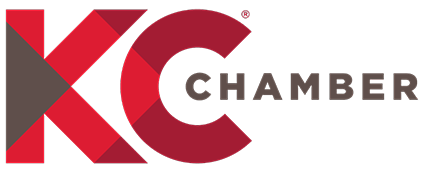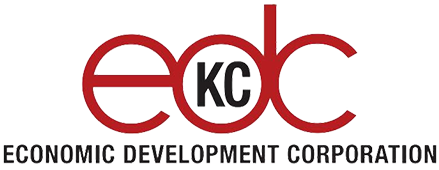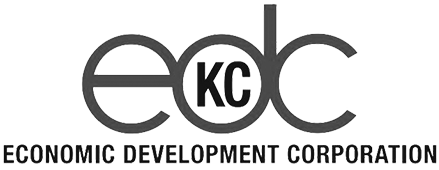Editor’s note: The opinions expressed in this commentary are the author’s alone. Todd McGuire is a partner at Stueve Siegel Hanson law firm in Kansas City. He focuses on cases involving business torts, contract disputes, employment matters and other civil claims.
As an entrepreneur, you likely envision one day moving beyond your current business. But sellers beware: many potential buyers will insist a portion of the purchase price come in the form of an earn-out.

Todd McGuire, Stueve Siegel Hanson
An earn-out is a contractual provision that provides for the seller of a business to receive a specified amount of additional compensation in the future that is contingent on the business achieving certain financial metrics.
An earn-out is frequently used to address the common situation of a seller asking for a price more than a buyer is willing to pay — often because of (from the buyer’s perspective) considerable uncertainty about how well the business will perform after closing. This can be especially true when the business being sold has only existed for a relatively short period of time or for other reasons hasn’t fully realized its level of anticipated profitability.
To illustrate, the parties might agree that the purchase price for the business will be comprised of two components: (1) a specified amount of cash consideration at closing; and (2) earn-out consideration for a period of years after the closing of an amount equal to a percentage of earnings, subject to achieving certain financial metrics, up to a specified maximum amount. The amount of the cash consideration paid at closing could be significantly less than the amount of the earn-out, which means much of the compensation for the sale of the business is subject to contingencies that might never materialize.
Unfortunately, often the buyer claims in years following the closing that the financial metrics necessary to trigger payment of the earn-out have not been met. The seller is naturally suspicious and believes the buyer is, purposefully and/or through mismanagement, frustrating or impairing realization of the earn-out. Making matters worse, the buyer might think the seller doesn’t have the time or resources to spend on what could be a lengthy and expensive battle to enforce the earn-out rights in court.
Given the risks inherent in any transaction involving an earn-out, there are a few things a seller can and should do:
First, be sure to work with an experienced transactional attorney tasked with negotiating contract language that clearly defines the rights and obligations of the parties during the earn-out period. Also, insist on a provision that allows you to recover your attorneys’ fees and litigation expenses in the event of a later dispute over the earn-out. Without that provision, you will be paying for your own lawyer regardless of who wins.
Second, save every document and item of electronically stored information (ESI) that you created or received during negotiations that in any way touches upon the earn-out. Tell your transactional lawyer you want everything preserved, saved and organized in an electronic file that you have access to. Take screen shots of your texts, export your voicemails to a .wav file, drop and drag your emails to a thumb drive, and gather, organize and scan any handwritten notes. These documents could be critical in the event of a later dispute with the buyer over the earn-out.
The importance of preserving and maintaining every earn-out related document and item of ESI cannot be overstated. Not only could this information be critical evidence in a lawsuit, but these documents will help you attract an experienced business litigation attorney to handle your earn-out dispute on a contingency-based arrangement (an alternative to the traditional billable hour model). Working on a contingency fee basis aligns the lawyer’s risk with the client and helps level the playing field against a well-financed opponent. A good contingency lawyer will want to carefully evaluate your case before agreeing to get involved, and a potential client with an organized set of the relevant documents available for review during the case evaluation phase makes a big difference.
This article is informed by a real life lawsuit handled by the author on a contingency-based arrangement.
The owner of a startup business manufacturing and selling aluminum utility boats attracted the interest of the world’s largest recreational boat manufacturer. The purchase price for the business was $2.3 million in up-front cash, plus an earn-out of up to $5.2 million over a five-year period, calculated as a percentage of annual gross revenues, subject to achieving certain gross profit percentages.
About 18 months after closing, the buyer, unsatisfied with the performance of the business, terminated the continued employment of the seller, as well as his daughter and son-in-law. Two years later, the buyer closed the facility and shifted production elsewhere. The buyer claimed the financial metrics for the earn-out were never achieved and, therefore, the buyer owed the seller nothing.
The seller sued, claiming the buyer breached the purchase agreement by various acts that frustrated realization of the earn-out. The jury found in favor of the seller and awarded $2.5 million in damages for the lost earn-out. After over three years of contentious litigation, including a lengthy jury trial and an appeal, the buyer was eventually forced to pay a judgment that totaled nearly $3.6 million ($2.5 million for the lost earn-out, plus $1.1 million in attorneys’ fees and litigation expenses pursuant to a contractual fee shift provision in the parties’ purchase agreement).
A critical piece of evidence was a saved financial projection prepared and discussed by the parties during negotiation of the earn-out that demonstrated for the jury the reasonable attainability of the financial metrics needed to trigger substantial earn-out payments.
Todd McGuire is a partner at Stueve Siegel Hanson, specializing in the strategic development and management of complex litigation. He often applies the firm’s business litigation contingency model — an alternative to the traditional billable hour model — to obtain damages and relief for entrepreneurs, small business and economic underdogs.




































